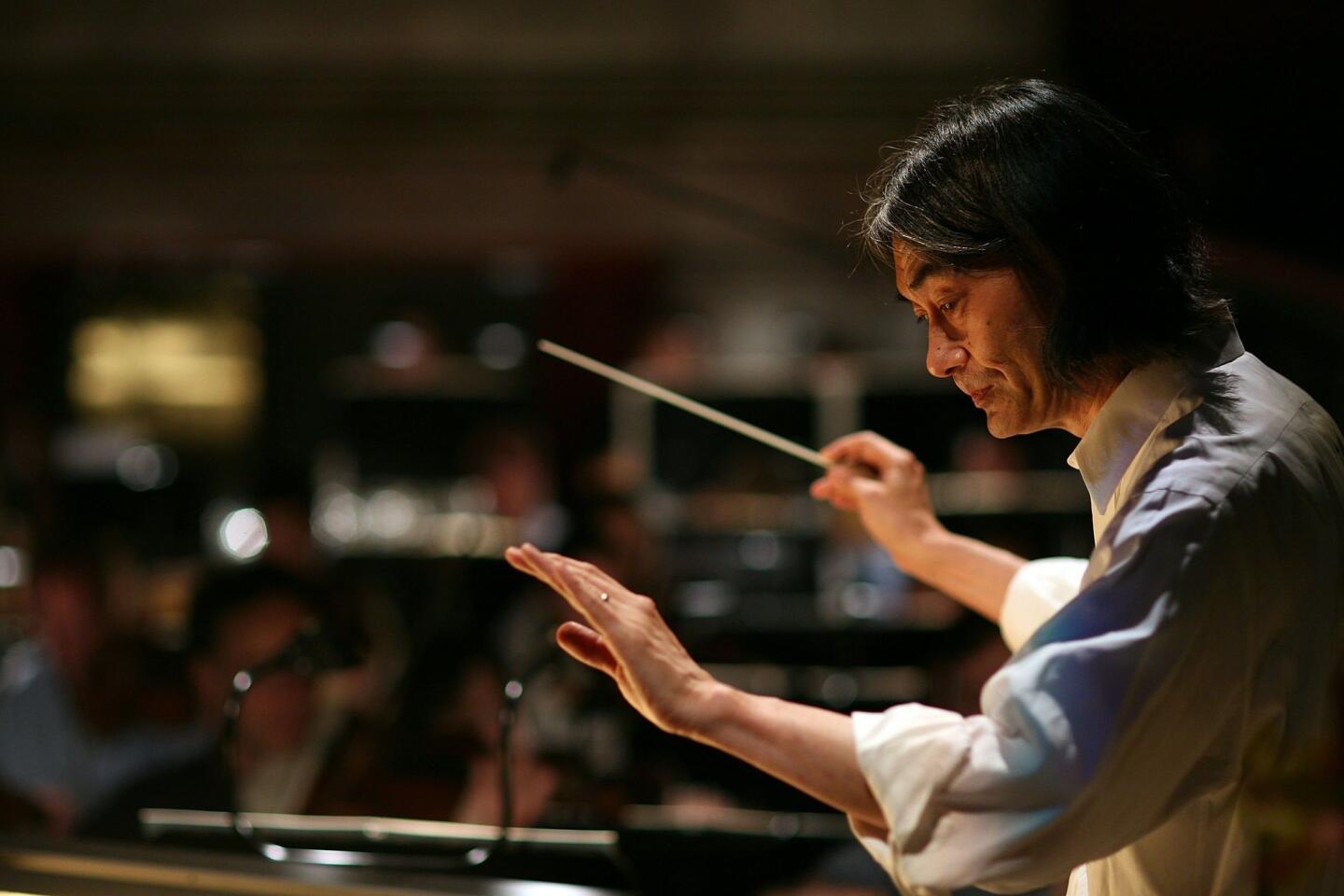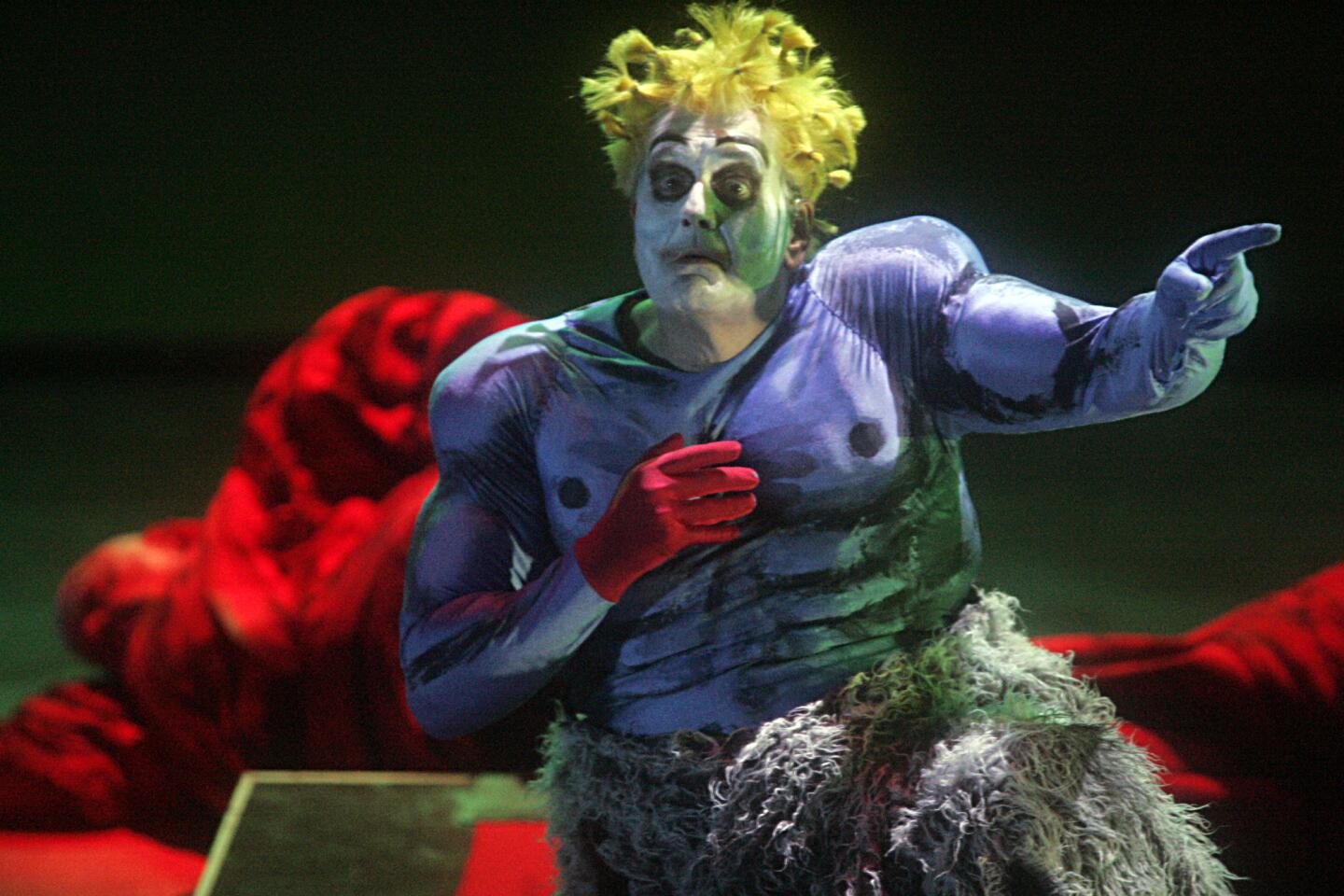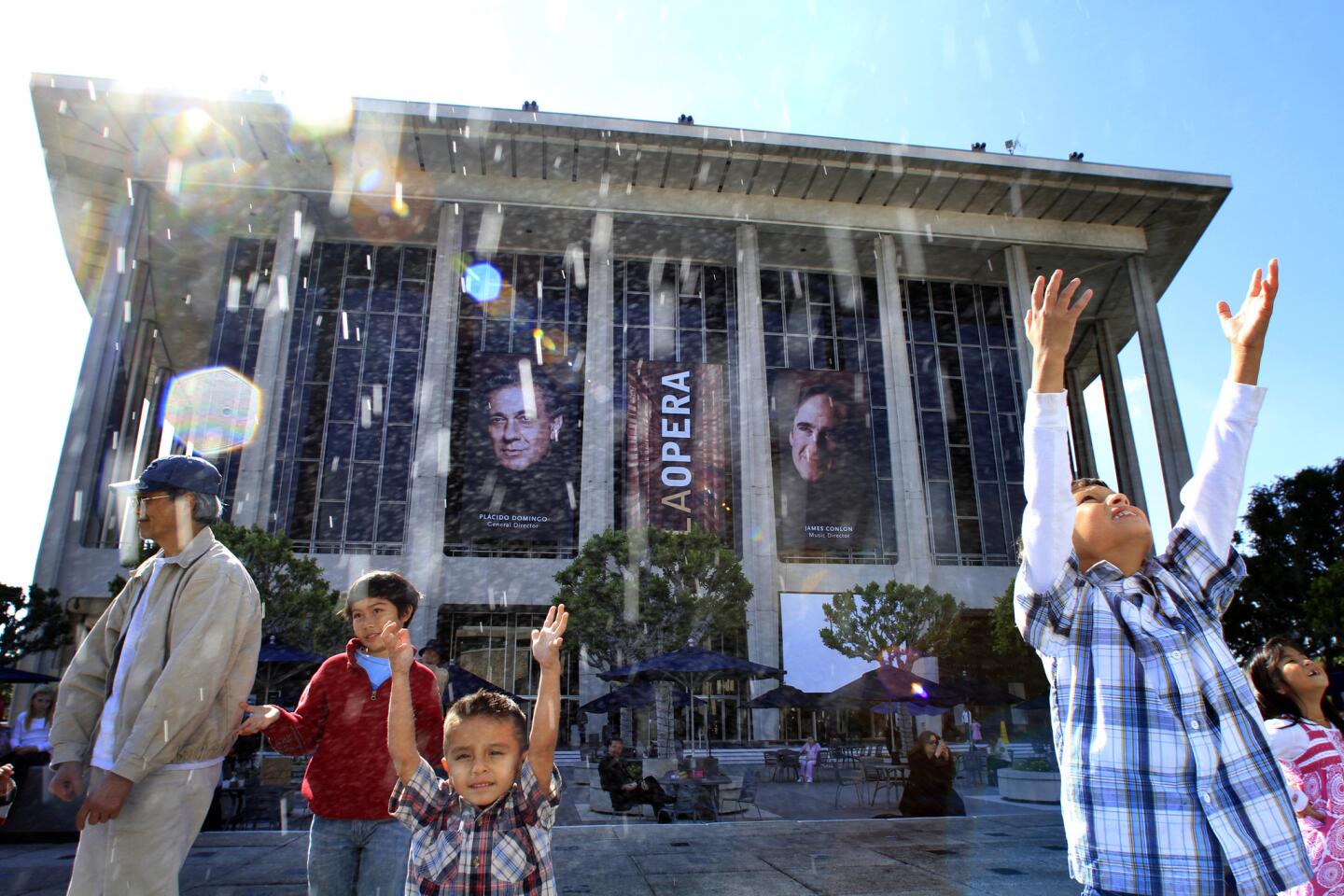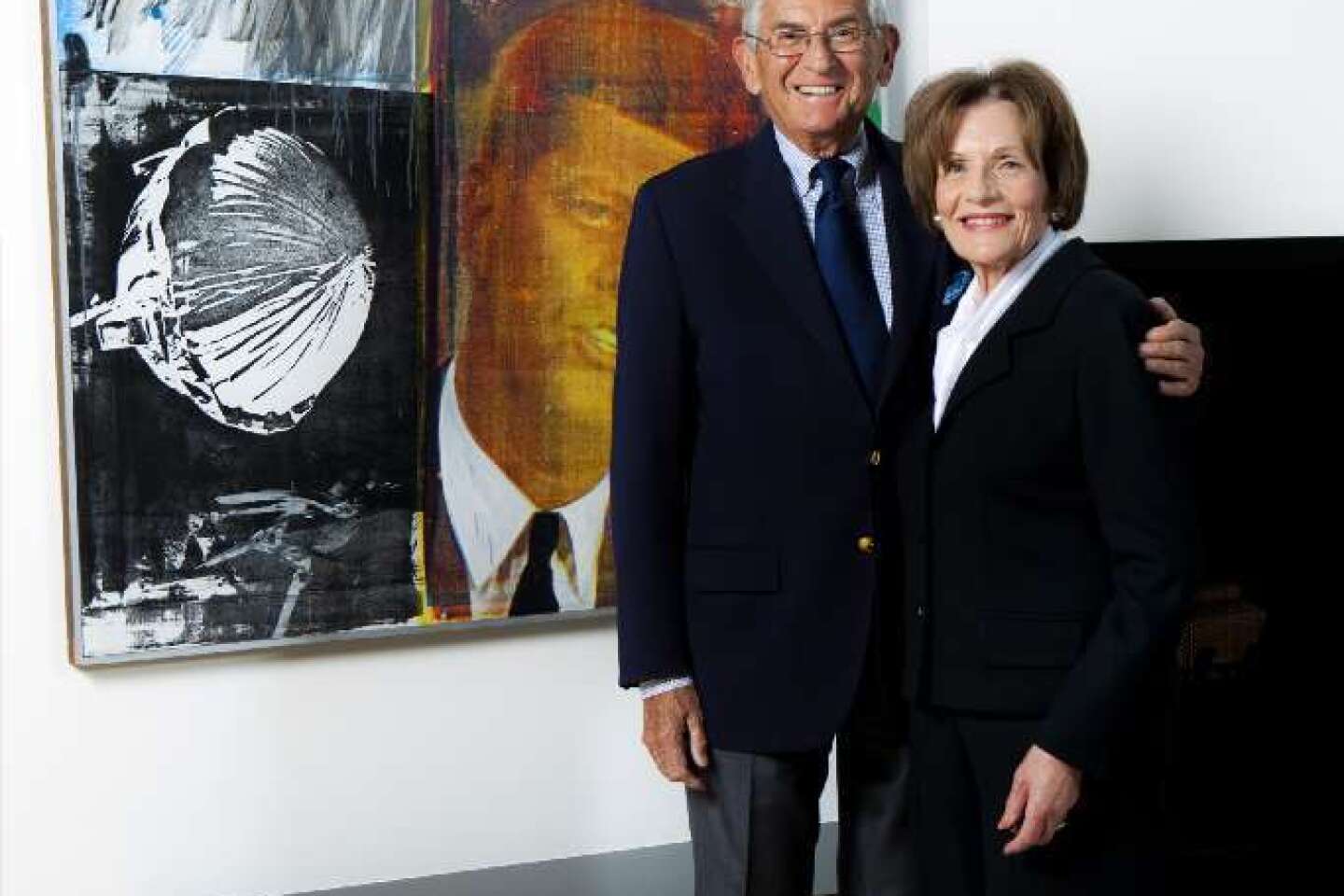Review: Death has never sounded sweeter
- Share via
Had someone asked me before a performance of Pergolesi’s “Stabat Mater” at the Hollywood Bowl on Thursday night what I thought about Scott Simon’s live tweeting his mother’s death, I would have answered that I am not among the multitude of moved twitterati. I interpreted an NPR newscaster’s employment of sympathy as a form of emotional self-aggrandizement, a warm bath of pathos.
You could, however, level the same complaints against Pergolesi. He sugarcoated as sorrowful a text as you’ll find in the liturgy. He completed his inspired score as he lay dying of tuberculosis in a Franciscan monastery in 1736. He was barely 26. At a time when to tweet would have merely branded you a bird, he set out to basically tweet about his final days.
FOR THE RECORD:
Hollywood Bowl review: A review of a Los Angeles Philharmonic performance at the Hollywood Bowl in the Aug. 3 Calendar section misspelled the name of the lute known as a theorbo as theorebo. —
But, it’s a glorious work. The performance by the Los Angeles Philharmonic, conducted by Bernard Labadie and with two emotionally pertinent vocal soloists, was stirring in its immediacy. I loved it.
PHOTOS: LA Opera through the years
The center of life is dealing with death, and death is always, no matter how public, only personal. So when it comes to Simon, Pergolesi teaches us, he’s entitled. We all are.
The first lines of Latin text, as translated on the Bowl’s video monitors, were these: “The mother stood sorrowing,/by the cross,/while her son hung there.” But what was first heard in the string orchestra (which also included a small portable organ and a lute called a theorbo) was the creamiest music you can imagine. It was pure butter.
Their vocal lines seductively intertwining, the brilliantly dynamic soprano Karina Gauvin and the deeply expressive alto Ann Hallenberg might have been singing of the richest amusements. We picnic at the Bowl. Wine flows. It’s a place for pleasure. Has death ever been sweeter?
PHOTOS: Arts and culture in pictures by The Times
Although Thursday was the first time Pergolesi’s work had been performed at the Bowl, the piece has long been popular, and it has been popular for the same reason Pergolesi was most popular in his day. His talent bloomed best in opera buffa.
The “Stabat Mater” is now his favorite work with the public (the comic opera “La Serva Padrona” is probably second), and it was a favorite among record collectors decades ago when Baroque vocal music was not nearly as commonplace as it is today.
I suspect few listened with any attention to the meaning of the words. The shape of Pergolesi’s score is a dozen short, exquisite solo arias or duets, each with a small packet of text, most around a tweet’s length. Each is a brief report from Golgotha of a mother reporting on her son as he succumbs.
PHOTOS: Best in theater for 2012
Where exactly does Pergolesi, with his utterly seductive music, take us? He can be sad (if never devastatingly) and sometimes agitated. And Labadie brought those elements out in a strongly accented, occasionally clipped but fully committed performance. Gauvin and Hallenberg were not afraid of strong expression or great bursts of beauty. Joy seemed like it could be in the cards. Solace was not requested. Grace was employed.
But I kept coming back to pleasure. Pergolesi couldn’t stop entertaining right up to the end. Whether it was because of failing strength or a message, I can’t say, but the concluding “Amen” is hasty, and the effect is that the important part of the message can only be left unsaid.
You leave something like this knowing nothing more about the meaning of death than before. Still, life can feel just slightly more special.
CRITICS’ PICKS: What to watch, where to go, what to eat
The Canadian conductor began the program with the last of Haydn’s 104 symphonies, the “London” (there are a couple more, but that’s a long story). The piece has never seemed to me a fitting close to not only the first great symphonic oeuvre but also the most extensive great one. Others have written more. A few months ago, Finnish conductor and composer Leif Segerstram had reached 270, but he’s been known to complete three symphonies in a day, so he might have topped 300 by now.
Haydn didn’t produce a dog. The “London” has his mature tricks. The composer was too clever to stay predictable for long (although longer here than in some other symphonies). There are themes that delight. The last movement is exciting, especially when given Labadie’s drive. But the “London” is more a masterful score from a master’s impeccable workshop than a masterpiece.
An early music specialist, Labadie probes Pergolesi’s Baroque style, whereas he pushes less convincingly in the later Classical period of Haydn (as was also shown in Labadie’s Classical program at the Bowl on Tuesday). His Haydn emphasized boldness while remaining within interpretive reason. The L.A. Phil played sensitively. But the Pergolesi was wondrous.
[For the record: An earlier version of this review misspelled theorbo.]
More to Read
The biggest entertainment stories
Get our big stories about Hollywood, film, television, music, arts, culture and more right in your inbox as soon as they publish.
You may occasionally receive promotional content from the Los Angeles Times.
















